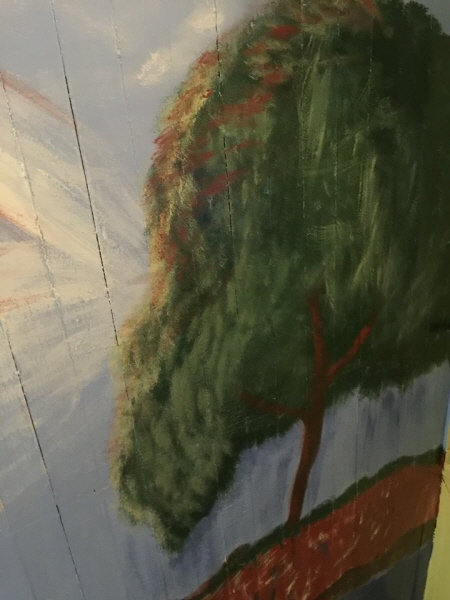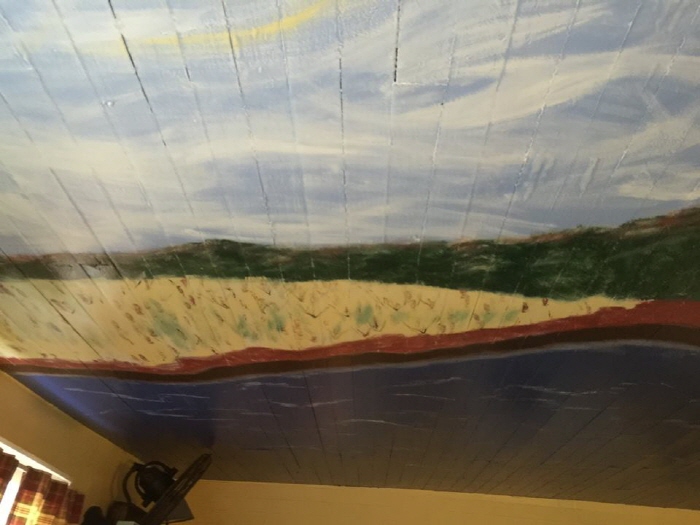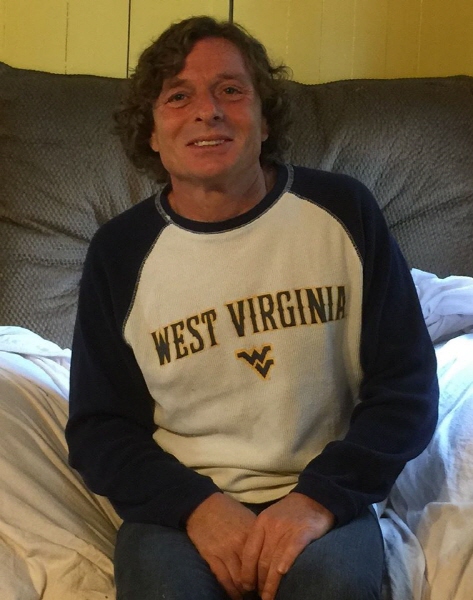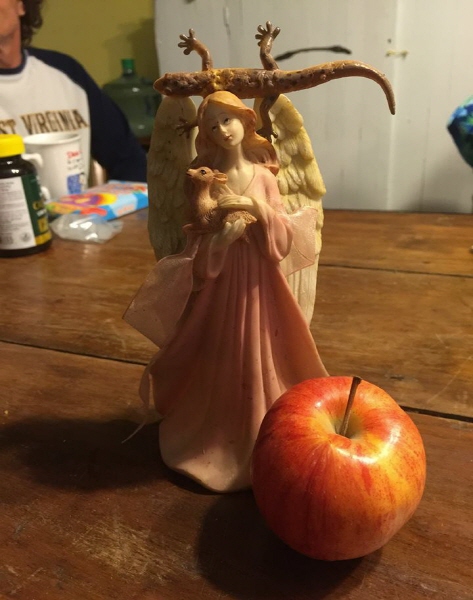









Holy Days in the Apple Pi Inn: World Day of Prayer or "The Pope, the Salamander, and the Kitchen Celing"
Today I sit at my desk in the Forest (the old nickname for Drew dating from the 1700s) having flashbacks to an old Inn in Almost Heaven. I’m also hearing voices from my sister Sandy, Pope Francis who’s channeling St. Frances, and a salamander. This is the World Day of Prayer for the care of creation, so this very in-the-Body/bodies” experience of pentecostal praise is both a good and a right thing to do.
It started in the kitchen. The “Have hammer, Will travel” guys got running water in the kitchen sink. Next came the lights, then the heat. Once you’re into creation, there’s new paint for the walls, new curtains for the windows, new cushions for antique chairs, new varnish on the hardwood floors. That left the ceiling. Sandy decided what was missing was Genesis. She wanted an Appalachian version of the Sistine Chapel on the ceiling, but no people. Just the wind of the Spirit, the waters, and the land. No Adam/Eve, but an apple tree. On the kitchen ceiling.
Billy Jean had worked his own miracle on lightening old walls and brightening dark corners. The ceiling was another matter, particularly with its biblical dimensions, but my sister was persuasive. A visual process theology of Creation was exactly what she needed to help in her life-long struggle against depression. All she’d have to do was to look up and see new life, even in the coldest, darkest night of a soul’s winter. There’s a life line between God and us and earth as Pope Francis writes in “Laudato Si”.
“The creation accounts in the book of Genesis contain, in their own symbolic and narrative language, profound teachings about human existence and its historical reality. They suggest that human life is grounded in three fundamental and closely intertwined relationships: with God, with our neighbor and with the earth itself.”
The centerpiece of this process theology/evolutionary theory in paint turned out to be a rubber salamander left behind by some child. She placed it in the care of the kitchen table angel as a sign of what the relationship between humans and creatures should look like. It prompted interesting discussions about education and evolution. When asked if evolution was taught in the schools, Roy Lee replied, “It’s taught. It’s not believed.”
What is believed is the connection between the Holy, the human, and the earth. This is the radical Appalachian notion that human life is to be measured by the human-creature-earth relationships. Popes and salamanders, angels and angle worms, apples and the endless wonder of creation all on the ceiling of the Apple Pi Inn or as Francis says,
“The universe unfolds in God, who fills it completely. Hence, there is a mystical meaning to be found in a leaf, in a mountain trail, in a dewdrop, in a poor person’s face. The ideal is not only to pass from the exterior to the interior to discover the action of God in the soul, but also to discover God in all things.”



